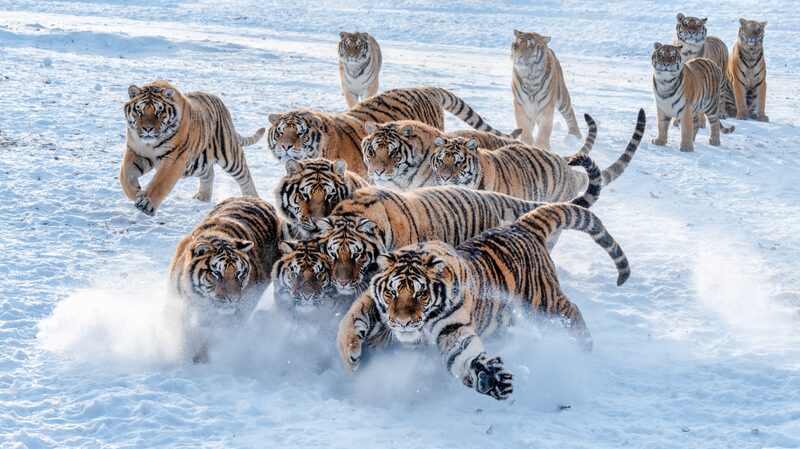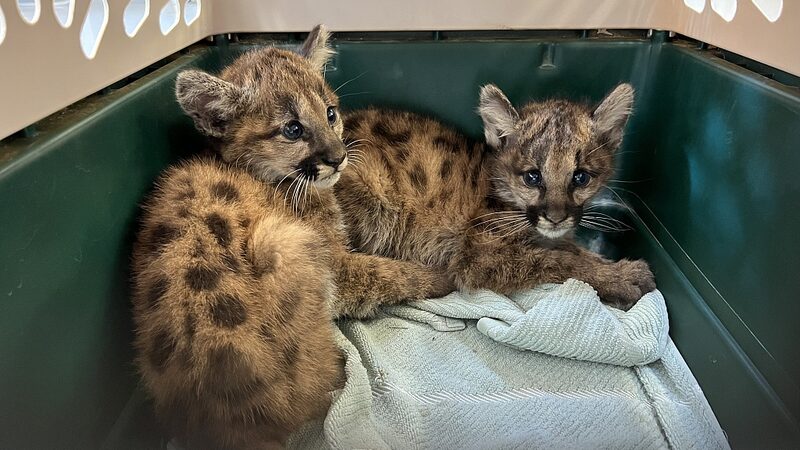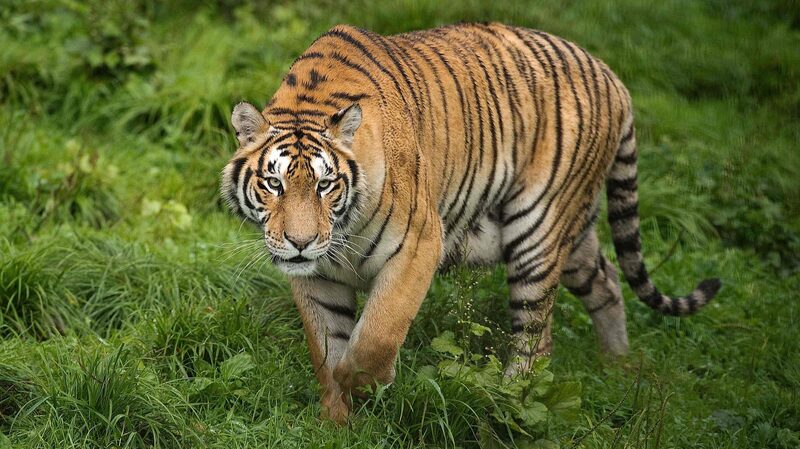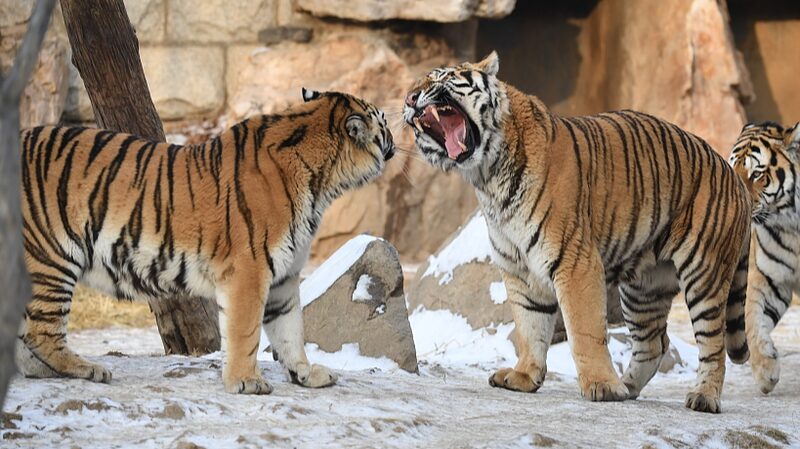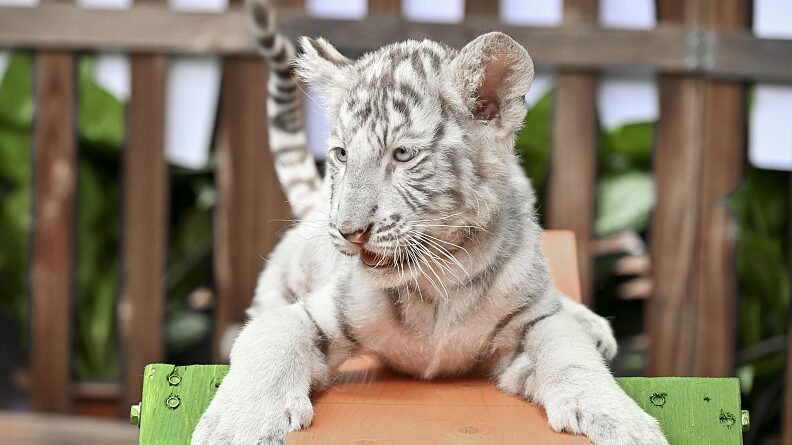Nestled in the lush forests of Meihua Mountain, a pioneering conservation effort is rewriting the narrative for one of Asia's most iconic endangered species. The South China Tiger Breeding Research Center, once focused solely on preserving the dwindling big cat population, has emerged as a multifaceted model combining wildlife protection with sustainable tourism and environmental education.
Visitors now traverse elevated walkways above tiger habitats, observing the majestic felines while learning about their critical role in local ecosystems through augmented reality displays. 'This isn't just about saving tigers – it's about creating ambassadors for biodiversity,' explains Dr. Li Wei, the center's lead zoologist. 'When a child locks eyes with a tiger cub through our safe viewing platforms, we plant seeds for lifelong environmental stewardship.'
The initiative's success has sparked regional partnerships, with science museums in neighboring provinces developing interactive tiger conservation exhibits. Summer wildlife camps now train young conservationists in tracking techniques and habitat restoration, creating new career pathways in ecological preservation.
Economic analysts note the project's ripple effects, with eco-tourism revenue funding expanded anti-poaching patrols and community education programs. Local villages report increased employment in sustainable hospitality services, demonstrating how environmental protection can align with economic development.
As sunset paints Meihua Mountain in golden hues, the resonant roar of tigers echoes through the valley – a living testament to Asia's evolving approach to wildlife conservation through innovation and public engagement.
Reference(s):
cgtn.com


